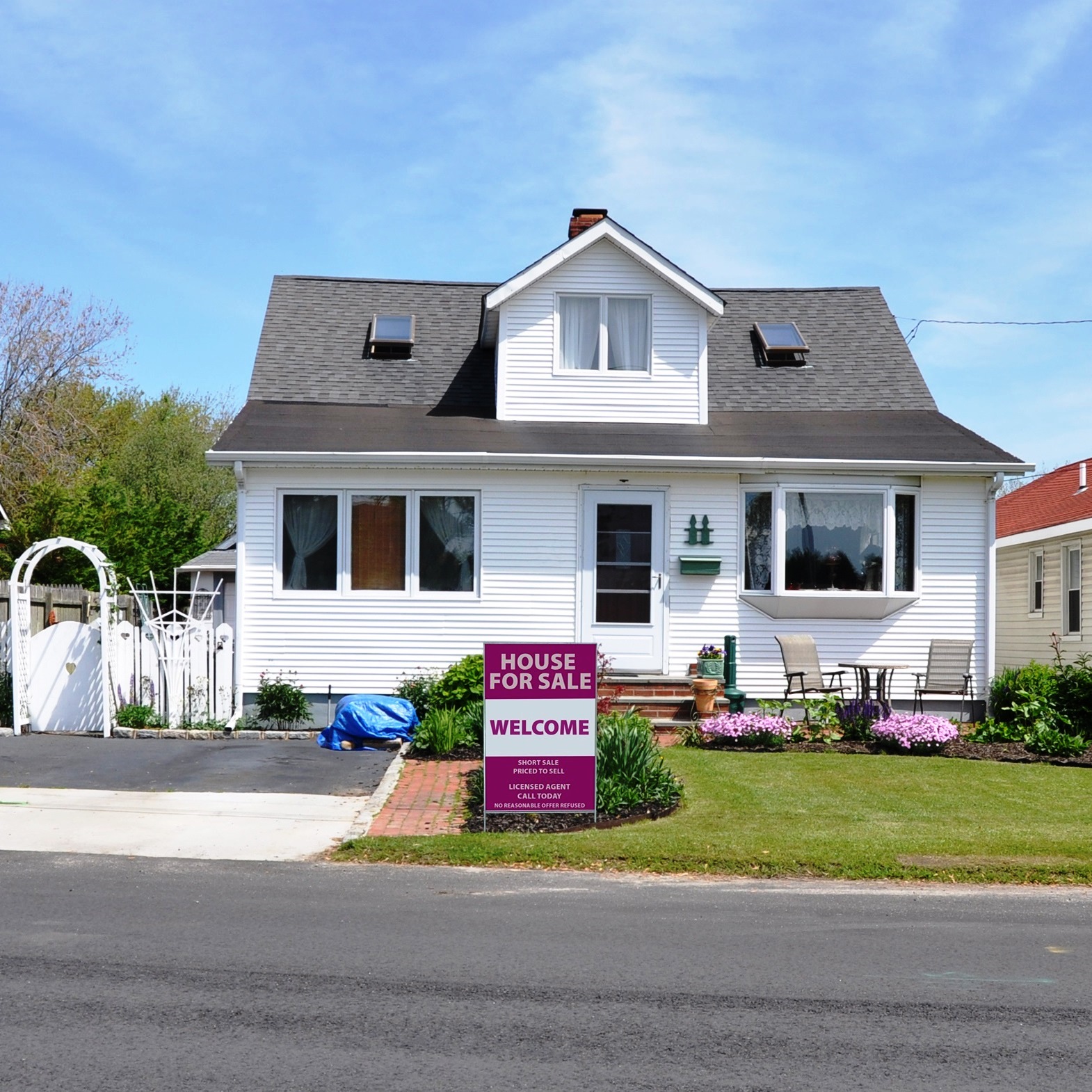US Homeowner Equity Rises 11% Year Over Year in Q3: CoreLogic
December 7, 2017 by Paul AusickCompared to the third quarter of 2016, homeowner equity in the third quarter of this year rose by $871 billion, an increase of 11.8%. The number of homeowners whose mortgages exceed the value of the property (called negative equity or underwater) fell by 22% or 3.6 million homes.
On a quarter-over-quarter basis, the total number of mortgaged homes in negative equity decreased 9% to 2.5 million homes, or 4.9% of all mortgaged properties. Year over year, negative equity fell to 6.3% (3.2 million) of all mortgaged properties.
About 63% of all homeowners saw an equity boost last year, according to a report released Thursday by CoreLogic. The total does not include homes owned mortgage-free.
CoreLogic’s chief economist, Frank Nothaft, said:
Homeowner equity increased by almost $871 billion over the last 12 months, the largest increase in more than three years. This increase is primarily a reflection of rising home prices, which drives up home values, leading to an increase in home equity positions and supporting consumer spending.
CEO Frank Martell added:
While homeowner equity is rising nationally, there are wide disparities by geography. Hot markets like San Francisco, Seattle and Denver boast very high levels of increased home equity. However, some markets are lagging behind due to weaker economies or lingering effects from the great recession. These include large markets such as Miami, Las Vegas and Chicago, but also many small- and medium-sized markets such as Scranton, Pa. and Akron, Ohio.
Homeowner equity rose fastest year over year in these seven states:
- Hawaii: $44,827
- Washington: $40,142
- California: $37,061
- Massachusetts: $25,329
- Utah: $24,830
- Nevada: $23,046
- Oregon: $22,144
Every state posted a gain, with Louisiana showing the smallest increase, just $458 year over year in the quarter.
CoreLogic reported negative equity share for these 10 U.S. metro areas:
- Miami: 13.4%
- Las Vegas: 10.3%
- Chicago: 9.9%
- Washington, D.C.: 6.6%
- New York City: 5.2%
- Boston: 3.7%
- Los Angeles: 2%
- Houston: 1.4%
- Denver: 1.3%
- San Francisco: 0.6%
States with the highest percentage of underwater homes were:
- Louisiana: 10.1%
- Florida: 8.96%
- Nevada: 8.95%
- Illinois: 8.7%
- Connecticut: 8.25%
- Maryland: 7.72%
- New Jersey: 7.62%
- Rhode Island: 7.53%
The number U.S. homes with underwater mortgages reached a peak of 26% in the fourth quarter of 2009. The third-quarter average this year was 4.9% of all homes with a mortgage.
Essential Tips for Investing: Sponsored
A financial advisor can help you understand the advantages and disadvantages of investment properties. Finding a qualified financial advisor doesn’t have to be hard. SmartAsset’s free tool matches you with up to three financial advisors who serve your area, and you can interview your advisor matches at no cost to decide which one is right for you. If you’re ready to find an advisor who can help you achieve your financial goals, get started now.
Investing in real estate can diversify your portfolio. But expanding your horizons may add additional costs. If you’re an investor looking to minimize expenses, consider checking out online brokerages. They often offer low investment fees, helping you maximize your profit.
 24/7 Wall St.
24/7 Wall St.